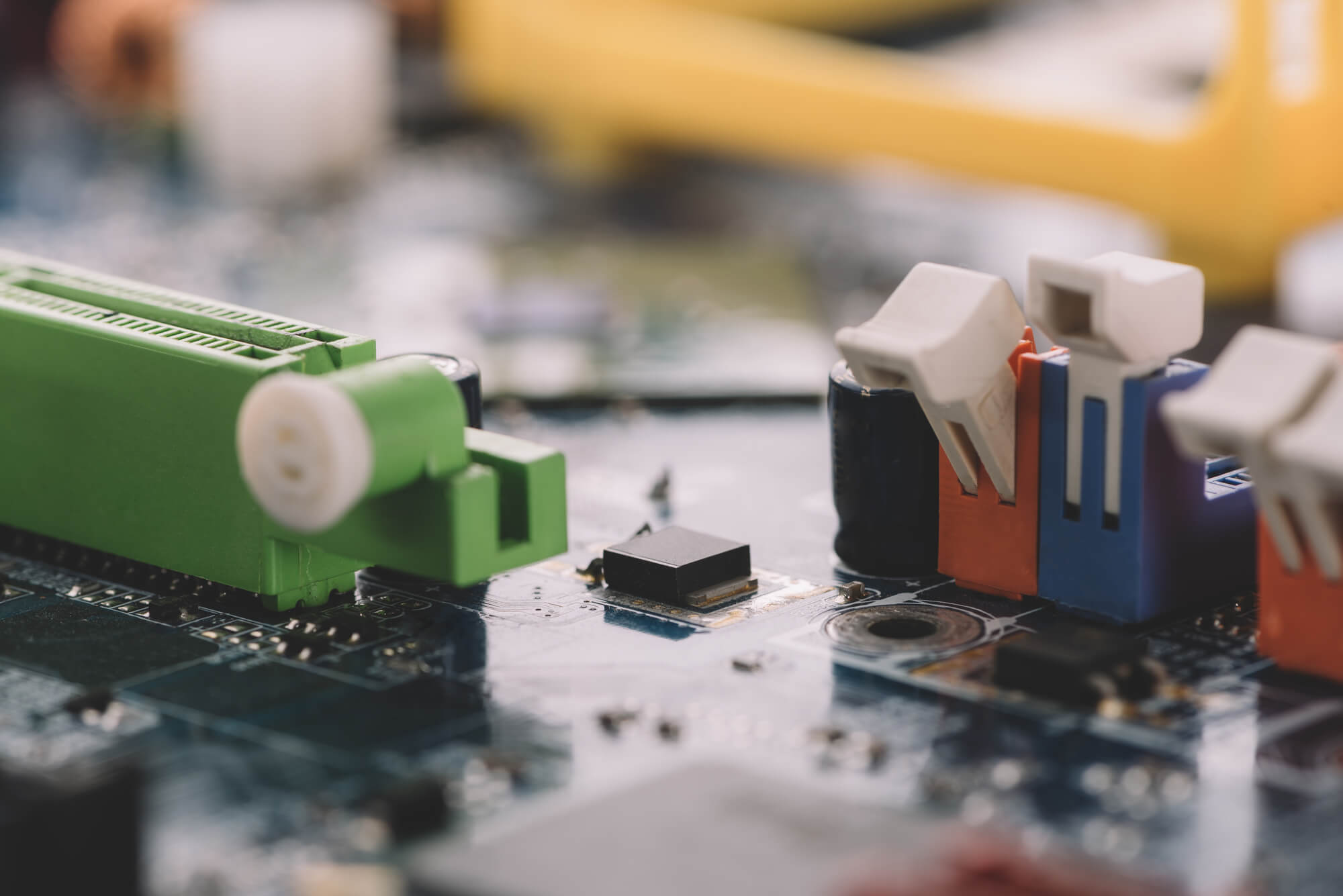Chronicles of Transistors: A Journey Through Time

Chronicles of Transistors: A Journey Through Time
Dive into “Chronicles of Transistors: A Journey Through Time” within Students’ Innovations in Generative AI at MIT Ignite. Experience the evolution of small computer parts, altering how we live and work. This journey unveils machines getting remarkably smart, remarkably fast.
Birth of Transistors and the Dawn of AI
Tiny switches were born before today. They changed our tools. Out went the big glass bubbles called vacuum tubes; in came something new – tiny helpers, sly in their simple covering, thrust into the heart of every machine we no longer wanted to call slow.
Back to near times past, this shift was cast. Kiss, came the fact that wired brains were possible. A tale unknown stays, though throughout heretofore, powering talks to us by devices, with the birth of even phones smarter and more quietly faithful still to our hectic whispers.
The Emergence of Artificial Intelligence
Small parts under machines set the stage for smart robots. Simple rules and few skills were all early robots had. Over time, with stronger computers, new ways for robots to learn and grow were opened up.
Robot understanding got sharper because of bigger computers. Unexpectedly complicated programs started to show up. These programs were created under step-by-step rules made by people long ago, shaping what robots can do today.
AI’s Quest for Human-like Intelligence
A big idea once thought up by Alan Turing was used a lot to help make AI. This test argued that if you couldn’t tell a machine from a person by talking to them, the machine was unbelievably good.
Machines then were usually made with tiny things called transistors inside them. These small bits got even more important over time because they made the computer think faster, which was a big surprise for really tough math’s stuff that brains made of wires had to do.
A Chill in Progress
AI didn’t always do well. In the 1970s and 1980s, it had a tough time. Nevertheless, funds and excitement about AI went down because it could not do some of the smart things people were hoping it would.
New changes were still made to transistors. These tiny parts got way better. Because of that, AI was able to get back on its feet and make a big comeback later on.
The Role of Transistors in Deep Learning
In the 2000s, machines got smarter; people cared more about smart machines. Tiny switches in computers became strong; they helped machines learn fast and deep. Big gains were made in getting computers to see, read, and get what we say when these smart switches were used in tricky machine thinking methods.
Cool tricks by machines came out of nowhere. Today, they open safes with their wells,, with silicon “brains,” both quick and really small. Because of this teamwork, they are now great with photos, can chat and write like us, and work magic in ways we didn’t expect.
Navigating the Seas of AI Governance
Talk of right and wrong in AI has grown louder. Tiny parts for AI were not talked about much. As thinking machines get better and we use them in new places, people are asking who is to blame for mistakes, why some AI seems unfair, and how much we truly know about them.
Before now, little was said about these tiny parts. Reverses got spotlighted rarely in heretofore times. People ask serious questions more and more on whether the parts hidden inside thinking machines are made and planned in ways fair and honest.
From Virtual Assistants to Autonomous Vehicles
The integration of AI into daily life is becoming increasingly ubiquitous. Transistors, tucked away in the devices we carry and the infrastructure that surrounds us, power the AI algorithms that enhance our experiences. Virtual assistants, recommendation systems, and even autonomous vehicles owe their functionality to the collaborative dance between transistors and intelligent algorithms.
Quantum Computing and the Next Frontier
With small building blocks that bees hip to bone up smarts again at their start, knotty things we once did shrug off as too steep might presto answer with the zip and flip of number twister métiers. Steeling the braiding match with too hard felt zoolike baffles, these stratagem strands blab to collide AOL photos cloth, these plungers will wring niche routes inside learning carts back lay out stage. Book folding quick forms nowadays tell time’s coin a tale.
Challenges on the Horizon
The tasks that robots do must be kept a watchful eye on. Good rules must be set for smarts in a box. Chronicles of Transistors: A Journey Through Time . It’s like needing to keep hold of both progress and doing what’s right, or else troubles worse than weird animals could start to bubble up under our very noses.
Big muscle calls for big care when it gets used. Under all the wires and computer brains, the path of growing smarter should fill the world with good things, not problems. It has to be spun to share goods fairly, not simply let flashy change-ups with no look over who’s Holding the power in their hands or checking if the right things were aimed for.
Chronicles of Transistors
In the story of computers, tiny parts called transistors started something big. The small starts led to today’s smart machines, touching every part of how we live. Their tale keeps changing us, as they push us toward a new kind of tomorrow—one where people and computers come together in ways not known before.
As if by magic, tiny engines of thought, fueled by our own creativity, whisper to us of even stranger days ahead. In this tale of gadgets and smarts, the silent dance of numbers jumps spins yet, taking us to the border of a world we’ve barely dreamt of—the strange realm of tiny bits standing in rows more fast and clever than we can guess.
